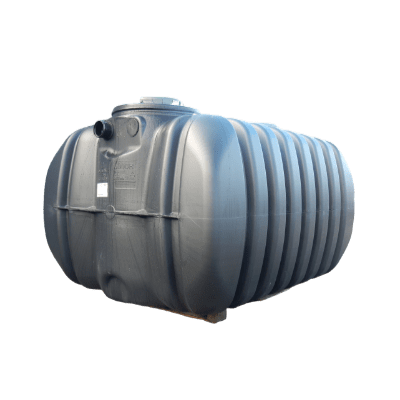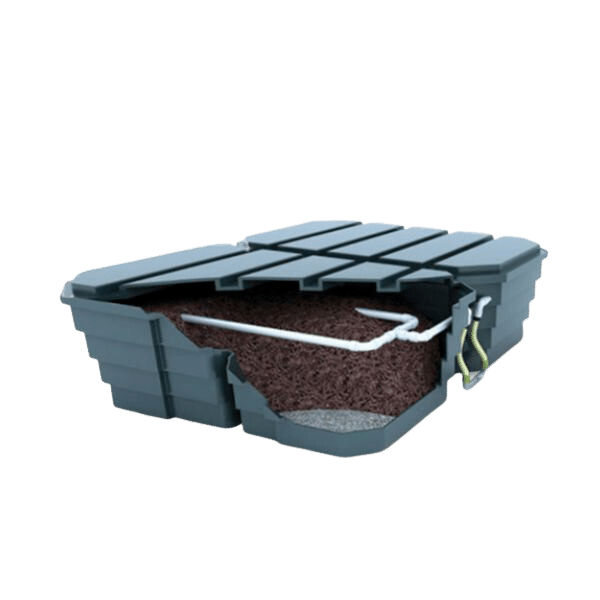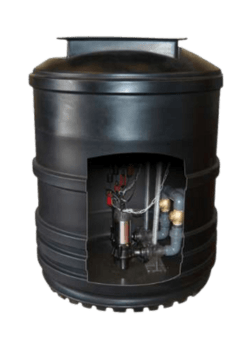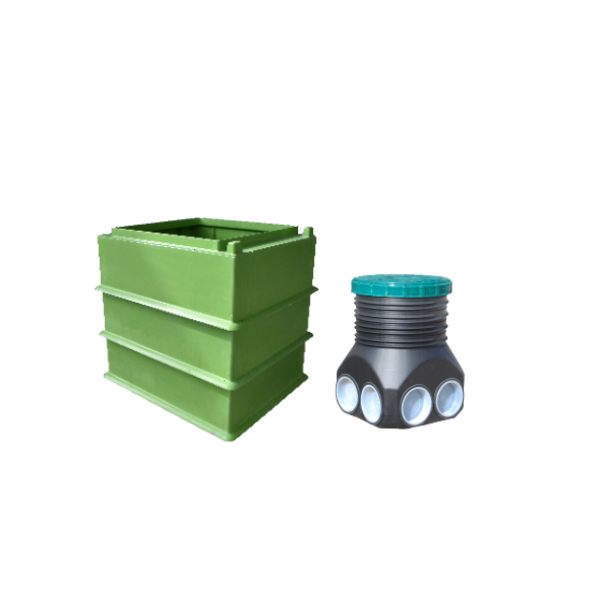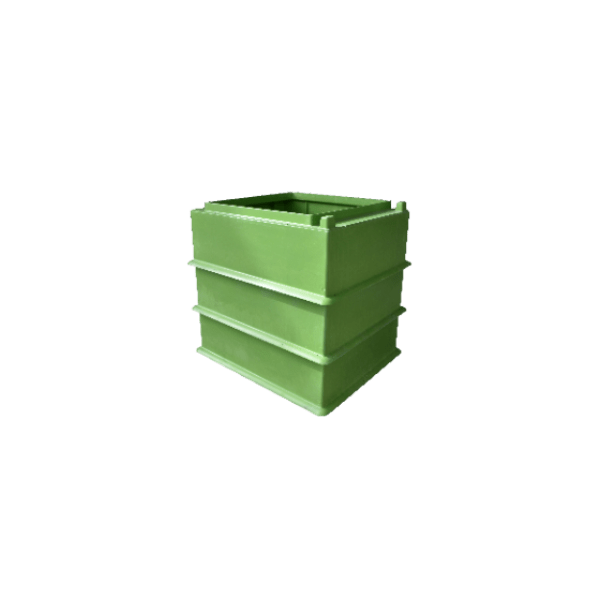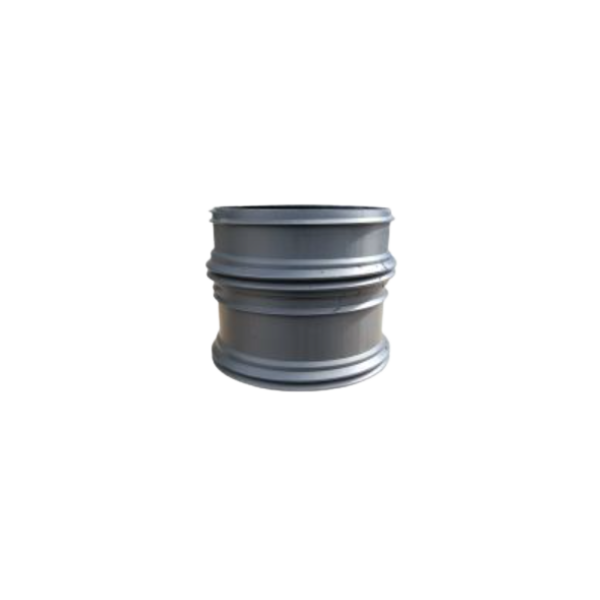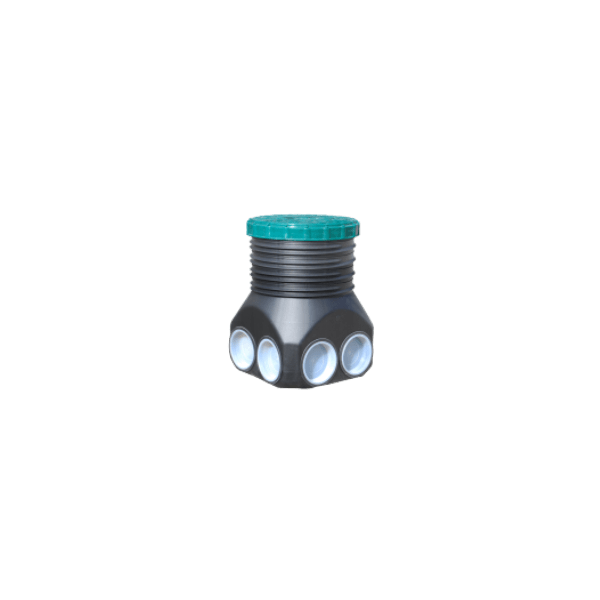SEWAGE TREATMENT
Epa septic tank guidelines
OVERVIEW
Introduction :
How do you handle your sewage? If you don’t have the main sewer connection in your property, your sewage goes to a septic tank or a small (package) sewage treatment plant. The sewage may end in a cesspool or a non-standard system such as a trench arc. However, if your home has a septic tank, you must be up-to-date with the new epa septic tank guidelines.
Although these new rules are unpopular in the public domain, septic tank compliance will likely affect property rates in rural areas. The environment agency seeks rural homeowners with septic tanks discharging sewage into ditches to upgrade them urgently. The same also applies to surface water septic tanks. So, if you can’t upgrade, do you need to buy a septic tank? What are the obligations of these new rules?
Here is a brief guide to septic tank regulations.
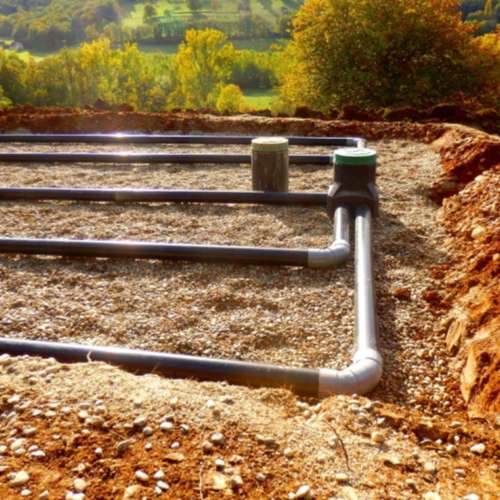
If you have any questions, feel free to call us
VISIT OUR VIRTUAL SHOWROOM
Epa septic tank guidelines
The epa septic tank guidelines make you guilty of discharging waste drainage into watercourses. The watercourses highlighted include any drainage such as rivers, canals, streams, or any waterway flowing close to the property.
The rules also prohibit waste removal through surface water. That means you may have to buy a septic tank if you can’t upgrade the current structure. Alternatively, homeowners can redirect their waste to a drainage field or a sewage treatment plant.
Additionally, if your septic drains into a drainage field, the infiltration system must be away from any watercourse at a certain distance. You can contact a local waste drainage expert if you need clarification on this distance.
Besides upgrading the septic system, you can connect your property to the main sewer and avoid all these obligations. However, you can still get a special permit for a septic tank that discharges to water surfaces.
Septic Tank Compliance
How do you ensure that your septic tank is compliant to avoid fines? Typically, you have three options to enhance septic tank compliance.
These include:
- Applying for a Permit
Authorities give permits in exceptional circumstances to allow surface water drainage.
- Installing a Drainage Field
Fitting a drainage field in your septic system will release the waste safely into the ground.
- Septic Tank Upgrade or Replacement
Upgrading the septic tank entails turning it into a sewage treatment plant. That way, you can discharge waste drainage safely into a watercourse.
HAVE A LOOK AT TRICEL’S SEPTIC TANK SIGNATURE
How does a septic tank work?
1. Wastewater flows by gravity into the tank and is diverted downwards with a T piece where the solids and heavier material settle to the unit’s base. A small amount of anaerobic breakdown occurs at this stage.
2 The lighter solids float to the top and form a scum. An outlet pipe fitted to the unit ensures that only the liquid element flows into the percolation area. This specially designed dip pipe prevents the scum from passing into the percolation area, which may result in blocked pipes.
3. The effluent exits the septic tank for its final improvement as it penetrates through the specially designed percolation area.
General Binding Rules for a Sewage Treatment Plant
The regulations don’t stop at upgrading or replacing your septic tank. Once you can discharge drainage waste safely, you have to follow other binding rules such as:
- Wastewater must be from domestic applications only, whether home or business.
- Sewage drainage must not pollute watercourses.
- Commercial properties must comply with British water flow guidance.
- Ground sewage discharges of more than 2,000 litres per day require a permit.
- Septic tanks in private properties must be at least 30 meters away from a main sewer.
- You can only discharge treated sewage into watercourses in a year-round flow.
- You must comply with all sewage treatment distance requirements.
Upgrade Your Septic Tank With New Sewage Treatment Solutions
The new septic tank regulations are critical in balancing the earth’s position. Besides, ensuring 100% septic tank compliance in your rural property will likely increase its resale value. Remember, you can still upgrade your septic tank to a sewage treatment plant to save more costs.
Contact our experts if you have any questions about sewage treatment solutions.
Tricel product range
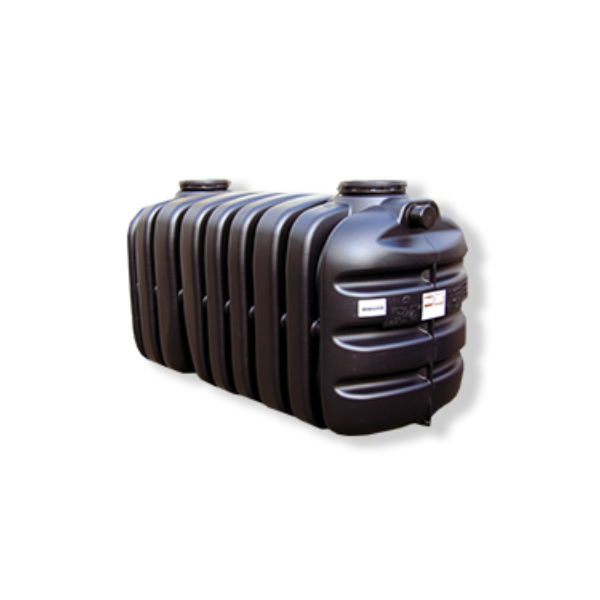
Tricel Vento Septic Tank
Shallow dig tank, strong & robust underground tank, No electrical or moving parts. Ideal for sites with good drainage & plenty of space.
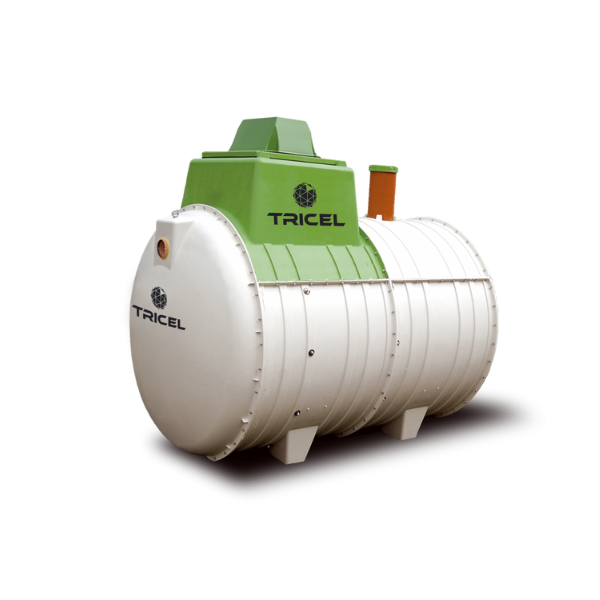
Tricel Novo Sewage Treatment Plant
Durable & long lasting SMC tank, shallow dig tank, easy installation (Plug and Play), long life components.
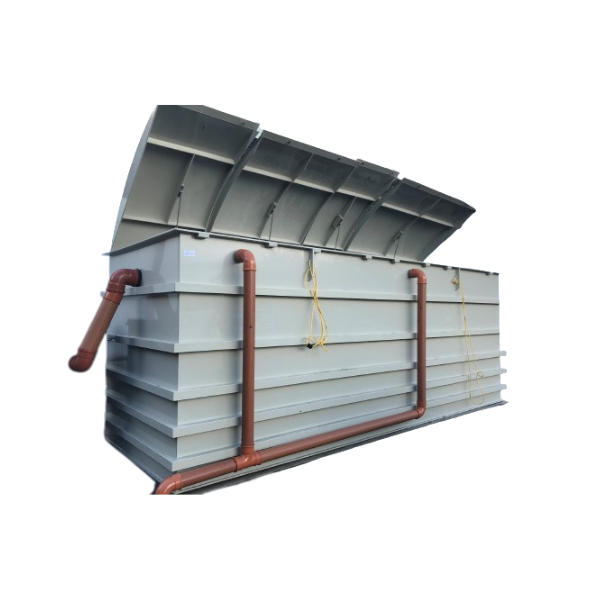
Tricel Maxus Sewage treatment Plant
Commercial plant. Submerged Aerated Filter (SAF) technology. Ideal for every project over 50 Population Equivalent.
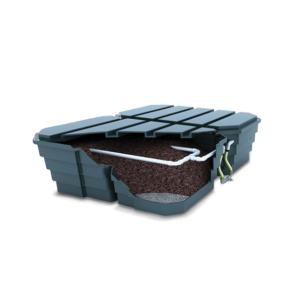
Tricel Puraflo Packaged filter
Ideal for sensitive sites, compliant to British Standard, small footprint.
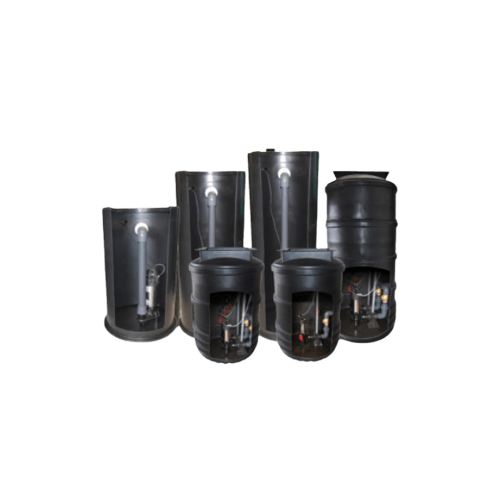
Tricel Pumping Stations
Pump fluids from one place to another where gravity drainage cannot be used, easy and trouble-free installation
MEET OUR TEAM
To find a technician in your area, visit our page
TALK SEWAGE TREATMENT
To speak to one of our agents online, click here
ASK FOR A QUOTE
Request a free quote today to have a quote that meets your project!
Articles you might be interested in
Key Features

Fast Delivery
Fast delivery + Rapid response to all our customers

Certified
Tricel Products are certified to EN12566-1 and EN 12566-3 certified

Technical expertise
Unrivalled technical expertise by our sales team regarding wastewater treatment solutions
Frequently Asked Questions
A cesspool is a simple storage vessel with an inlet and no outlet. It’s a sealed storage vessel; all the water coming in stays within the tank. The advantage is it doesn’t need an outlet. The disadvantages are: there is no treatment, the tanks are huge, and it needs regular emptying. Everything which has gone in must be sucked out. Ideal for sites which have got very infrequent use (Sheppard huts, for example).
A septic tank has an inlet and an outlet; it’s a simple overflow system. See how a septic tank works here. The advantages of the septic tank are there is no mechanic and no electricity requirement for it to work. The disadvantages are you are discharging dirty water, and untreated sewage effluent, as a tiny breakdown has occurred in the tank. You can only release water to a drainage field for the water to go through the subsoil to treat the water.
A sewage or package treatment plant has an inlet and an outlet; the wastewater is treated inside the tank. Aeration is provided inside the tank for the aerobic bacteria to feed on the waste and remove it from the liquid. The advantages are the wastewater is treated and can be discharged to a watercourse.
Many package treatment plants are available on the market:
- Trickles filters
- Rotating Biological Contactors (RBC)
- Mobile media bio-reactors
- Activated Sludge systems
- Sequence Batch Reactor systems (SBR)
- Fixed Bed Systems (like the Tricel Novo)
Domestic wastewater is all wastewater generated inside the house, including grey water from sinks, showers, baths and sewage from toilets. Rainwater is not classified as greywater and should be directed to a soakaway.
A trial hole can be dug during the site assessment and left open for 48 hours to determine this. The ground level is used to measure the water level.
After the water is discharged, it must flow into a drainage field or a running watercourse. It will fail and block up very quickly whenever it is released directly into the ground. It will also violate the government’s General Binding Rules for small sewage discharges—more information on this page.
Get in touch
